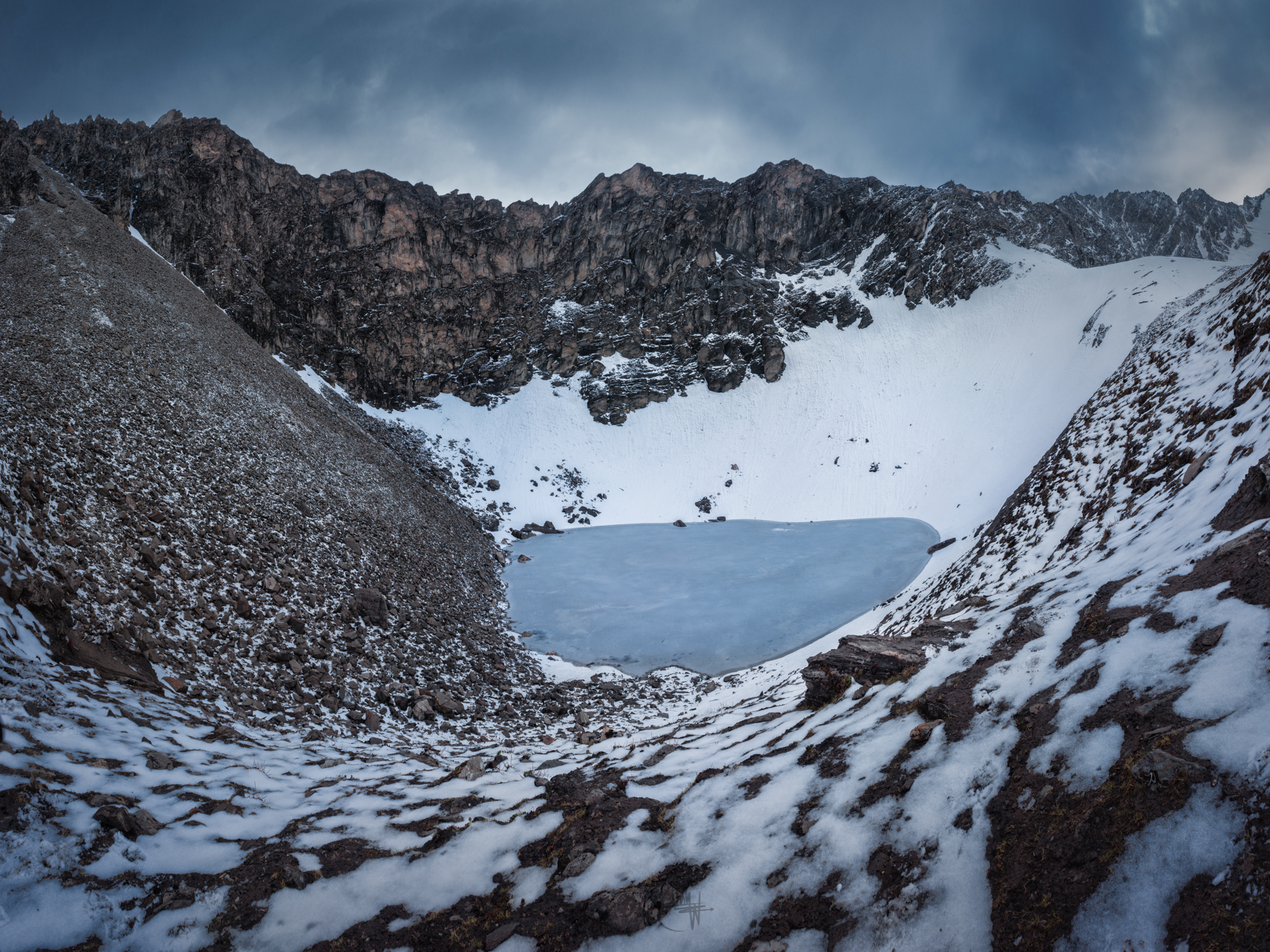- An abandoned lake in the Himalayan mountains is the final resting place of up to 800 skeletons.
- Human remains were first discovered in the lake – called Roopkund Lake or “Skeleton Lake” – during World War II.
- A new DNA analysis has revealed that the bodies come from three distinct groups of people that died in two waves, 1,000 years apart.
- This discovery deepens the mystery of the so-called “Skeleton Lake,” since scientists still don’t know what killed the people buried there.
- Visit Business Insider’s homepage for more stories.
Nestled 16,500 feet up in the Indian Himalayas, a tiny body of water named has earned a macabre nickname: “Skeleton Lake.”
Officially called Roopkund Lake, the almost perpetually frozen lake is less than 135 feet in diameter, yet it’s the final resting place for up to 800 human bodies. In the summer, when parts of the lake melt, scattered skeletal remains float to the surface. Bones litter the shore, a few with frozen hair and flesh still attached. Bold visitors have stacked some of the remains into morbid shrines.
Scientists aren’t sure what killed these people. After a British guard discovered the lake in 1942, scientists determined the skeletons weren’t victims of a World War II scuffle – the bones were far too old. Yet there was no discernible explanation as to how or why these individuals perished.
Last month, a DNA analysis of 38 skeletons from the lake added a new layer of mystery: The skeletons belonged to three genetically distinct groups that died in at least two waves, about 1,000 years apart.
A melting pot of skeletons

For the analysis, which was published in the journal Nature Communications, the research team drilled into long bones - like femurs and humeri - and extracted DNA from the resulting bone powder. Their results suggested that of the 38 skeletons examined, 23 were related to people from present-day India, while 14 were from the eastern Mediterranean islands of Crete and Greece. One skeleton was likely from Southeast Asia.
The size and shape of the bones confirmed that finding: Some of the bones belonged to individuals who were "very robust and tall, " while others were more "gracile," or long and lanky, the authors wrote.
Radiocarbon dating revealed that the 23 ancestors of present-day Indians died between the 7th and 10th centuries during several events, while the other 14 people (including the Southeast Asian individual) died between the 17th and 20th centuries in a single event.
That discovery changes scientists' understanding of Skeleton Lake, since a 2003 expedition suggested that most of the individuals at the site died around 800 A.D.
"This finding shows the power of radiocarbon dating, as it had previously been assumed that the skeletons of Roopkund Lake were the result of a single catastrophic event," Douglas Kennett, one of the authors of the new study, said in a press release.
Researchers still aren't sure how these people perished
Even though scientists now know that the lake holds the bones of people from distinct parts of the world who died at different times, they aren't any closer to determining what killed them.

"It is still not clear what brought these individuals to Roopkund Lake or how they died," Niraj Rai, senior author of the new study, said in a press release. "We hope that this study represents the first of many analyses of this mysterious site."
According to Rai and his co-authors, the new analysis puts some theories about what killed the people in the lake to rest, however.
These groups probably didn't die in an epidemic, as a 2004 National Geographic documentary suggested, because the DNA analysis found no evidence of bacterial infection in any of the skeletons.
"The Roopkund individuals were broadly healthy," the authors wrote.
A battle probably wasn't the reason either, since the analysis showed that the skeletons came from 23 males and 15 females, including children and elderly individuals, and no weapons were found nearby.
Yet another idea is based on a local folk song, which describes a mass pilgrimage to the shrine of a mountain goddess, called Nanda Devi, near the lake.
According to the study authors, the song is about "a king and queen and their many attendants, who - due to their inappropriate, celebratory behavior - were struck down by the wrath of Nanda Devi." The lyrics recount the goddess flinging balls as "hard as iron," they added.
Rai's team said it's possible that the first wave of Skeleton Lake bones came from "a mass death during a pilgrimage event." The lake is near a present-day pilgrimage route through the region, they wrote.
But the researchers argued against another theory that aligns with the folk song. The team behind the 2003 expedition suggested that the skeletons could have come from merchants who perished in a freak hailstorm. That's unlikely, the new study says, because Roopkund "is not situated on any major trade route."

Plus, Rai said, the fate of the second group skeletons is still a total mystery.
"We have tried to answer all possible sources of genetic ancestries of [the] Roopkund skeletons but failed to answer why Mediterranean people were traveling to this lake and what they were doing here," Rai told National Geographic.
Kathleen Morrison, an anthropologist at the University of Pennsylvania who was not involved in the study, offered one possible explanation, though.
"I suspect that they're aggregated there, that local people put them in the lake," she told the Atlantic, noting that it's unlikely all these people died at the lake. "When you see a lot of human skeletons, usually it's a graveyard."

